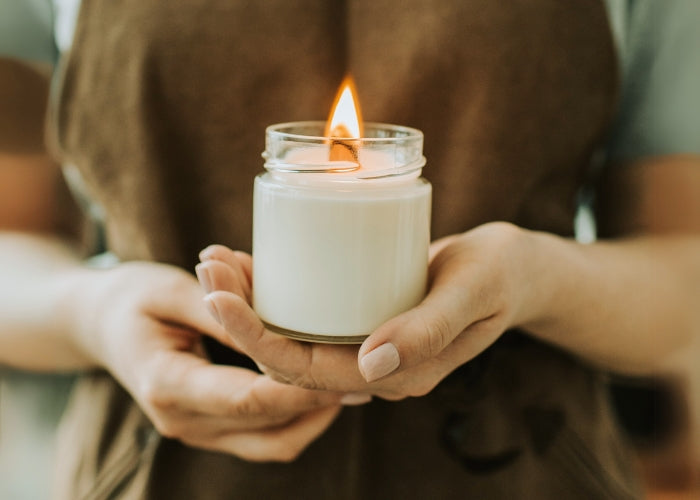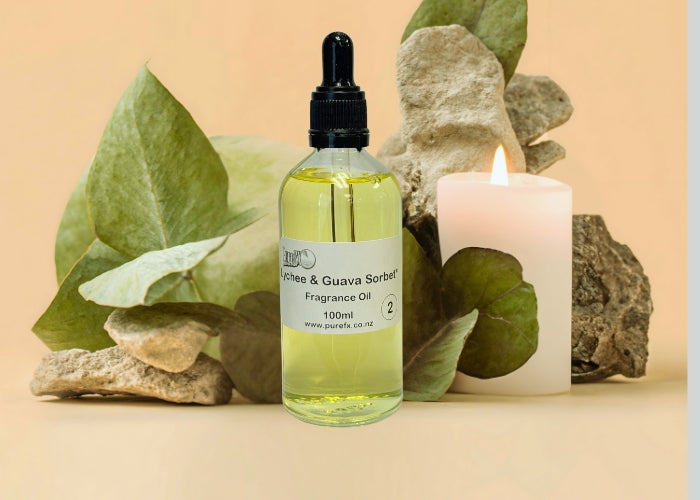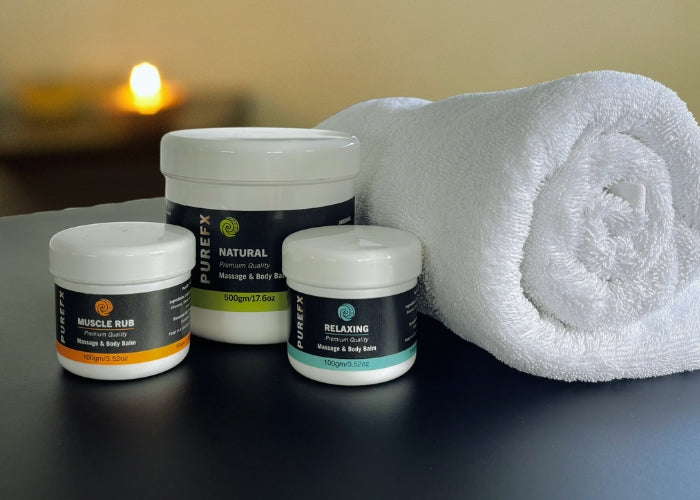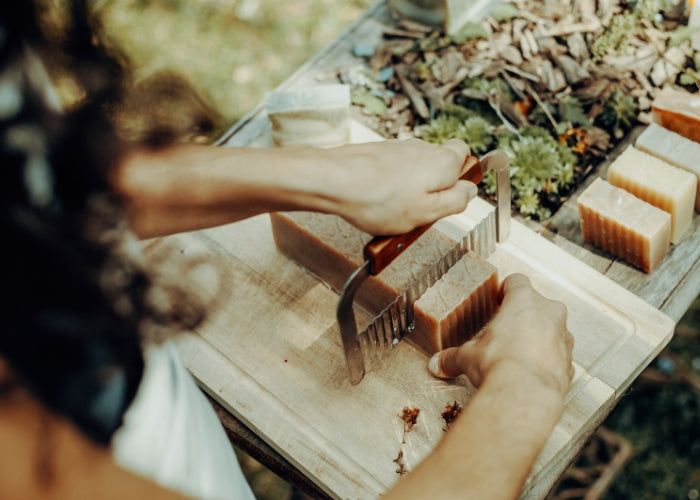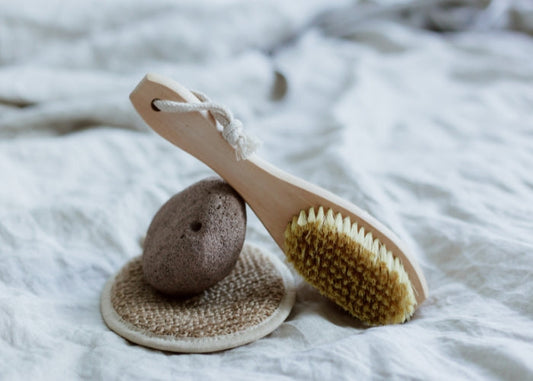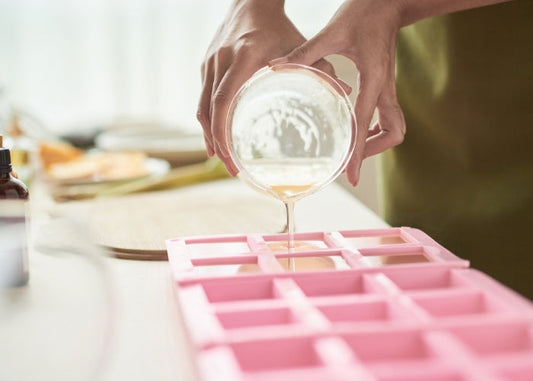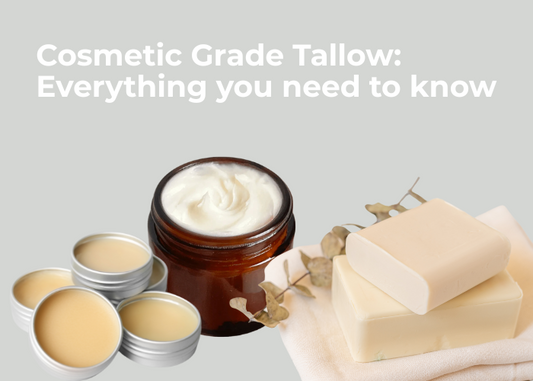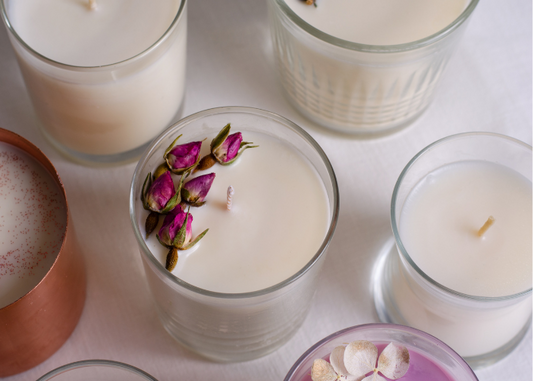Recipes + Helpful Information
Are you sick of buying pumice stones just for them to break? Have a go...
Read moreIf you’re looking for a simple and satisfying DIY project, melt and pour soap is...
Read moreLearn more about Purefx Cosmetic-Grade Tallow, a premium, nutrient-rich ingredient crafted from 100% grass-fed, pasture-raised...
Read moreYou're here because you're curious about making your own homemade soy candles—or, more likely,...
Read more